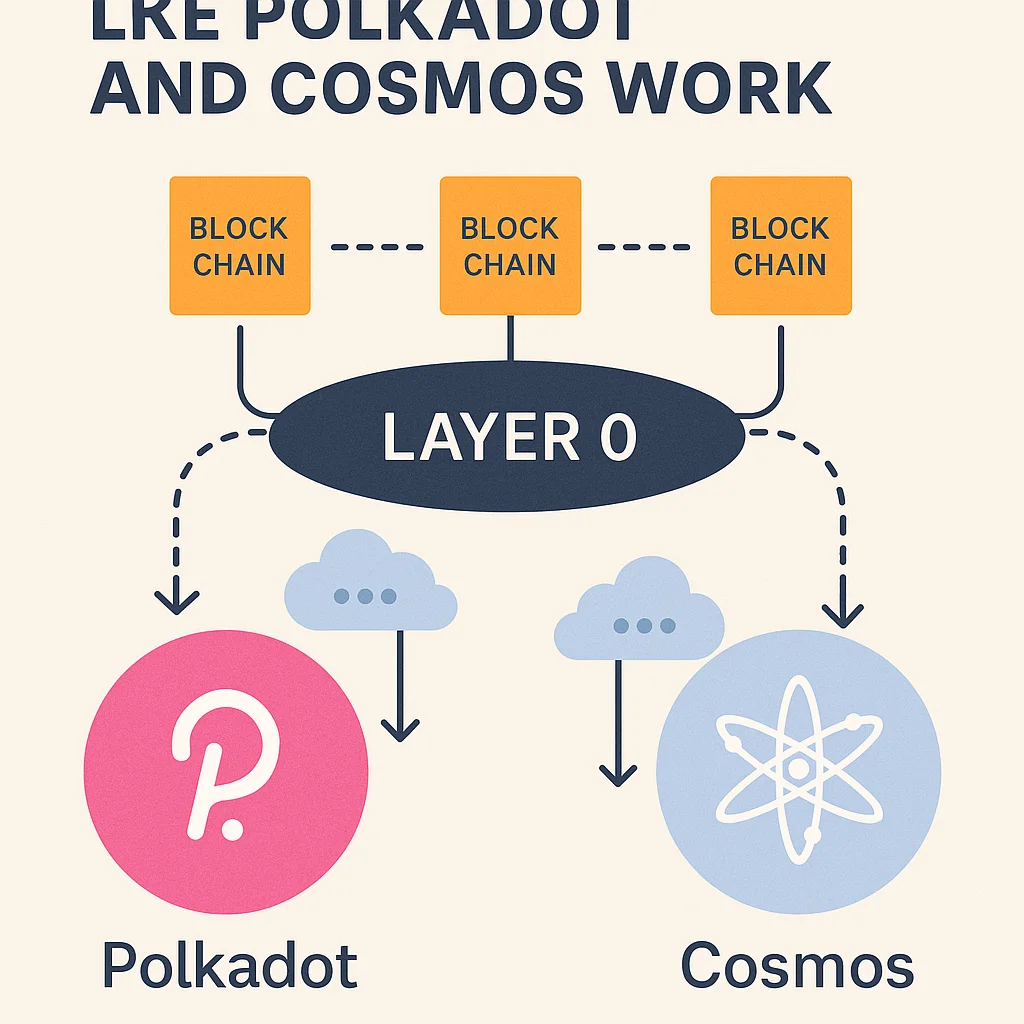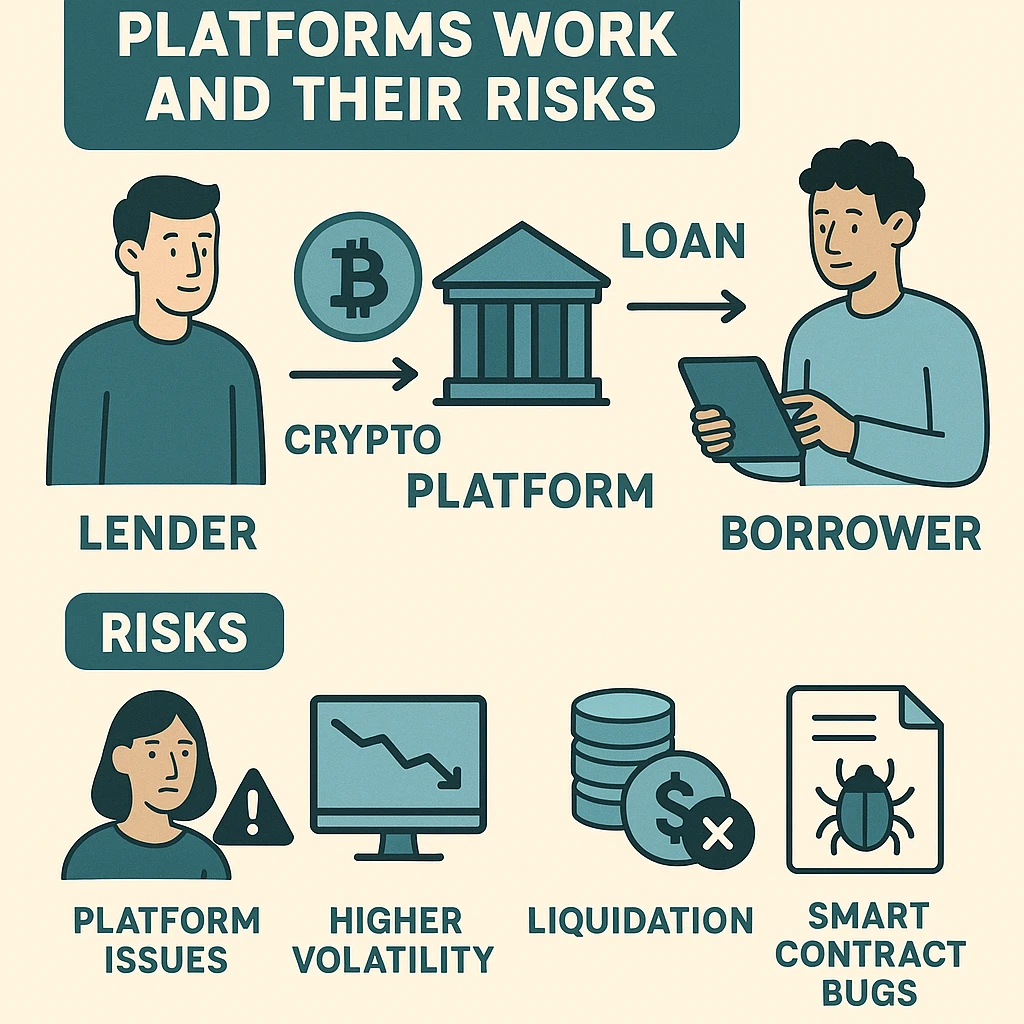The rapid expansion of the e-commerce sector has resulted in a flourishing digital economy, convenience, and worldwide accessibility. But it has also brought about a complicated array of vulnerabilities, the most significant of which is fraud. Fraud is a major concern for both online retailers and consumers, ranging from identity theft and counterfeit goods to payment scams and chargebacks.
The decentralized, unchangeable ledger known as blockchain technology promises to revolutionize the way that transactions are carried out, validated, and documented. Although blockchain is most frequently linked to cryptocurrencies like Bitcoin and Ethereum, its potential extends well beyond virtual currency. In many industries, particularly e-commerce, it is increasingly seen as a game-changer for improving transparency, security, and trust.
This blog examines the ways in which blockchain technology can lessen—and in certain situations, completely eradicate—different forms of e-commerce fraud.
1. Understanding E-Commerce Fraud
Before diving into blockchain’s potential, it’s essential to understand the various forms of fraud in e-commerce:
-
Payment Fraud: Unauthorized transactions, stolen credit cards, and chargebacks.
-
Counterfeit Products: Selling fake goods by mimicking legitimate brands.
-
Identity Theft: Hackers steal personal details to gain unauthorized access to customer accounts.
-
Fake Reviews: Manipulated customer reviews to falsely boost product ratings.
-
Supply Chain Manipulation: Involves tampering or falsifying information at various stages of product delivery.
Because of data silos, inadequate security measures, and restricted traceability, traditional systems find it difficult to successfully stop these fraudulent activities. Here's where blockchain technology excels.
2. The Blockchain Advantage
Fundamentally, blockchain is a distributed ledger technology (DLT) that securely, openly, and irrevocably records data. A copy of the entire ledger is stored on each of the computers (nodes) that make up the network. A transaction is practically impenetrable once it is recorded because it cannot be changed without network consensus.
Here are key features that make blockchain ideal for preventing e-commerce fraud:
-
Decentralization: No single point of control, reducing vulnerabilities.
-
Transparency: Every transaction is visible to authorized users.
-
Immutability: Once recorded, transactions cannot be changed.
-
Smart Contracts: Self-executing contracts that enforce terms automatically.
-
Traceability: End-to-end tracking of products through the supply chain.
3. Payment Security and Chargeback Fraud Prevention
Payment fraud is among the most prevalent forms of fraud in e-commerce. Blockchain can significantly improve payment process security using token-based systems or cryptocurrencies.
How Blockchain Helps:
-
Cryptographic Security: Blockchain payments are encrypted, reducing risks of interception or fraud.
-
Eliminating Chargebacks: Transactions using cryptocurrency cannot be undone. By doing this, friendly fraud—in which consumers fabricate claims that they never received an item—is eradicated.
-
Smart Contracts: It is possible to program payments to be released only upon the fulfillment of specific requirements (e.g., confirmed product delivery).
Financial fraud can be considerably decreased by e-commerce platforms switching from conventional credit card payments to blockchain-based systems.
4. Authenticating Product Origin and Preventing Counterfeits
In e-commerce, counterfeit goods are a major problem, particularly in the fashion, electronics, and pharmaceutical industries. Products that are counterfeit deceive consumers and harm a brand's reputation.
How Blockchain Helps:
-
Supply Chain Traceability: Blockchain records every step in the supply chain, from manufacturing to delivery. This creates an auditable trail of authenticity.
-
Product Authentication: Every product can be given a distinct NFT (Non-Fungible Token) or blockchain-based token that verifies its provenance.
-
Transparency for Consumers: Customers can scan QR codes to verify the authenticity and journey of their product.
Such solutions are already offered by platforms like VeChain and IBM Food Trust, which instill confidence in sectors beset by counterfeit goods.
5. Identity Protection and Fraud Prevention
Unauthorized purchases, account takeovers, and credentials theft are all consequences of identity theft. The centralized databases used by current systems are easy targets for hackers.
How Blockchain Helps:
-
Decentralized Identity (DID): Users can store encrypted identity data on blockchain, accessible only via private keys.
-
Zero-Knowledge Proofs: Users can verify their identity without sharing actual personal data.
-
Two-Factor Blockchain Authentication: Adds an extra layer of security during login or checkout.
This ensures customer data is safe, reducing the chances of unauthorized transactions and identity fraud.
6. Trustworthy Reviews and Ratings
Purchase decisions are greatly influenced by reviews. Regrettably, bots or phony accounts are frequently used to manipulate them.
How Blockchain Helps:
-
Immutable Records: Once a review is posted, it’s permanently stored and timestamped.
-
Verified Transactions: Reviews can only be posted by verified purchasers, reducing fake feedback.
-
Transparency: Users can see a review’s history and its link to an actual transaction.
Trustworthy reviews build consumer confidence and protect brand integrity.
7. Supply Chain Integrity
Changing subpar products during shipment or falsifying delivery records can cause serious problems. Blockchain guarantees the accuracy and integrity of supply chain data.
How Blockchain Helps:
-
End-to-End Visibility: Every supply chain node updates its portion of the blockchain ledger, which is visible to all parties involved.
-
Timestamped Entries: All updates are time-logged, reducing the opportunity for manipulation.
-
Smart Contracts: Automate quality checks, payment release, and delivery confirmation.
This protects both retailers and consumers from dishonest practices.
8. Eliminating Intermediaries
Multiple middlemen, such as banks, payment processors, and logistics firms, are involved in traditional e-commerce, which expands the fraud attack surface.
How Blockchain Helps:
-
Peer-to-Peer Transactions: Buyers and sellers can transact directly using blockchain platforms.
-
Lower Fees: Fewer intermediaries mean reduced transaction costs and risks.
-
Faster Settlements: Payments can be completed in minutes rather than days.
A decentralized platform minimizes exposure to third-party fraud.
9. Real-Time Auditing and Compliance
Laws pertaining to fair trade, taxes, and data security must be followed by e-commerce businesses. This data auditing process is frequently laborious and error-prone.
How Blockchain Helps:
-
Transparent Ledger: All records are accessible in real-time, improving accountability.
-
Automated Reporting: Data can be pulled directly from the blockchain for audits.
-
Fraud Detection: Anomalies in the ledger can signal potential fraud immediately.
This increases regulatory confidence and reduces legal risks.
10. Case Studies and Real-World Applications
Walmart and IBM Food Trust
Walmart tracks the origin of food products using blockchain technology. Today, it takes seconds instead of days to track down the origin of products like mangoes. This lowers contamination fraud and increases transparency.
Alibaba
Alibaba has tried using blockchain technology to cut down on fake luxury goods. Before making a purchase, buyers can confirm the product's origin using distinctive blockchain tags.
OpenBazaar
OpenBazaar is a blockchain-based decentralized e-commerce platform that facilitates direct cryptocurrency trade between buyers and sellers, doing away with middlemen and the fraud risks that come with them.
11. Challenges in Adoption
Despite its promise, blockchain is not without hurdles:
-
Scalability Issues: Blockchain networks can be slow during high transaction volumes.
-
Regulatory Uncertainty: Governments are still figuring out how to regulate blockchain in commerce.
-
Integration Costs: Building or transitioning to blockchain infrastructure can be expensive.
-
User Education: Both customers and sellers need to understand how to interact with blockchain platforms.
However, many of these issues are being addressed as blockchain matures.
12. The Future of Blockchain in E-Commerce
Secure, transparent systems are becoming more and more important as digital commerce expands. Blockchain technology could be a key component of e-commerce systems in the future that prevent fraud. Blockchain will be used more and more frequently for supply chain management, identity protection, and payment verification.
Innovations like Layer 2 solutions (e.g., Polygon), cross-chain interoperability, and enterprise blockchain frameworks (e.g., Hyperledger Fabric) are making the technology more scalable and adaptable.
Conclusion
One of the largest risks to the rapidly expanding e-commerce sector is fraud, which damages consumer confidence and costs billions of dollars every year. Through smart contracts, identity verification, product traceability, and secure payments, blockchain technology offers a strong, decentralized framework that can reduce these risks.
Although there are obstacles to adoption, there is no denying blockchain's advantages in lowering fraud. Blockchain is positioned to become a key component of safe e-commerce operations as awareness and technology increase.
Early blockchain integration will give e-commerce companies a competitive edge in the digital era by preventing fraud and fostering closer, more trustworthy relationships with clients.





Leave a Reply